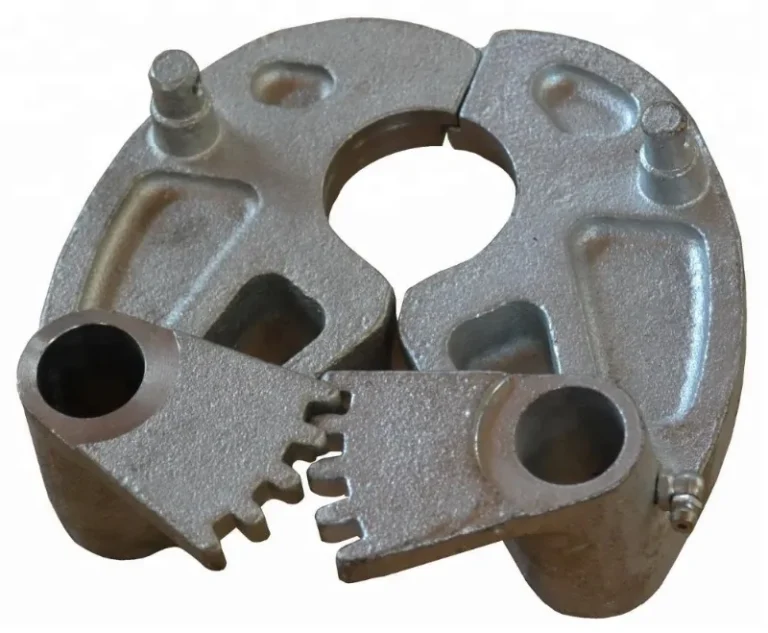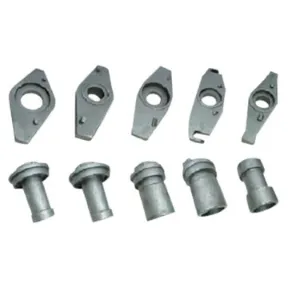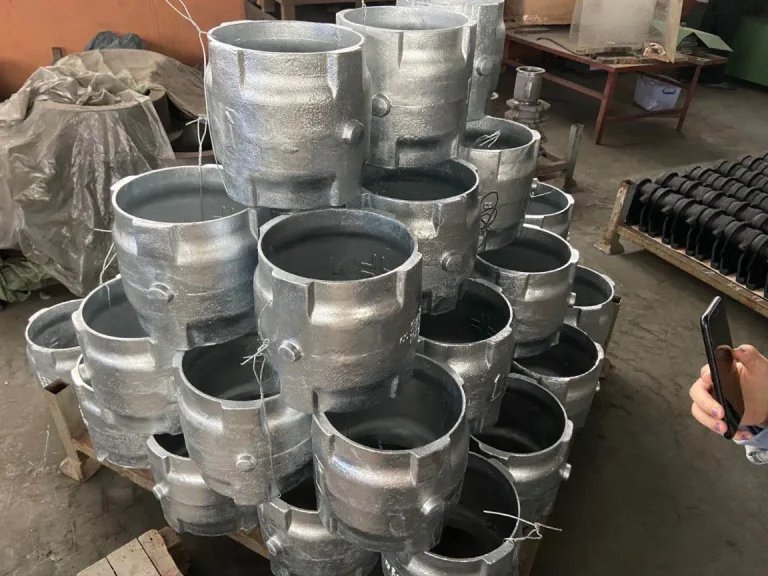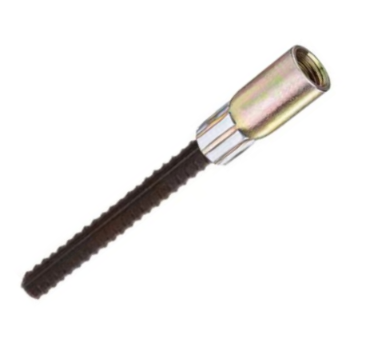
Heavy lifting in construction is never just about strength, it is about precision, planning, and the right equipment. The Straight Bar Lifting Socket is one of those small but powerful components that keep big projects safe. If the load exceeds capacity, accidents can happen quickly. Overload not only damages the socket but also compromises the safety of workers and the stability of the structure.
What Makes Overload So Dangerous?
Overloading a lifting socket is more than just exceeding numbers on paper. When weight goes beyond capacity, the socket can deform, crack, or pull out of the concrete. That weak point puts workers and equipment at risk. A socket designed for 2000 kg but exposed to 2500 kg is already stretched to failure, especially when combined with dynamic forces during lifting.
How Does It Affect the Socket and the Structure?
The Straight Bar Lifting Socket is manufactured with high strength alloy steel or carbon structural steel . These materials can withstand tension and pressure within their rated limits. Once overloaded, the thread may strip, the bar may bend, and the bond with concrete may fail. That means not only the socket is compromised but the whole precast element can be damaged beyond repair.
How Do You Choose the Right Socket for the Job?
Selecting the correct lifting socket depends on load capacity, socket size, and the type of precast element. Using an undersized socket increases the risk of overload, while an oversized one can be unnecessary cost.
What Capacity Ranges Are Available?
According to technical catalogs, Straight Bar Lifting Sockets come in different models rated from 500 kg to over 12,500 kg. For example, sizes like M/RD12 are rated at 500 kg, while larger RD52 models can handle 12,500 kg. Knowing the exact weight of the concrete piece and applying a safety factor is the only way to avoid accidental overload.
Can Thread Design Reduce the Risk of Failure?
Yes. One of the key features of the Straight Bar Lifting Socket is its continuous thread surface. This design creates a strong grip with the rebar, preventing loosening or slippage under tension.
Why Is Thread Connection Important?
The threaded connection allows the socket to attach firmly to rebar and spread forces evenly. Without it, sudden load shifts can strip the connection. Many sockets also use locking nuts or crossbars, which add an extra layer of security. When you follow proper thread engagement, the chance of overload failure drops significantly.
What Role Does Material Strength Play?
Even the best design cannot perform if the steel is weak. That is why high strength alloy steel and treated carbon steel are commonly used. Heat treatment further improves wear resistance and corrosion resistance .
How Does This Help Prevent Overload?
Material toughness means sockets hold their shape under stress. Even after repeated lifts in harsh conditions, the structure stays stable. Without these treatments, sockets might corrode, thin out, or weaken, making overload more likely.
How Should You Operate Lifting Sockets Safely?
Operation is as critical as design. Even if you select the right model, mistakes during use can push loads beyond safe limits.
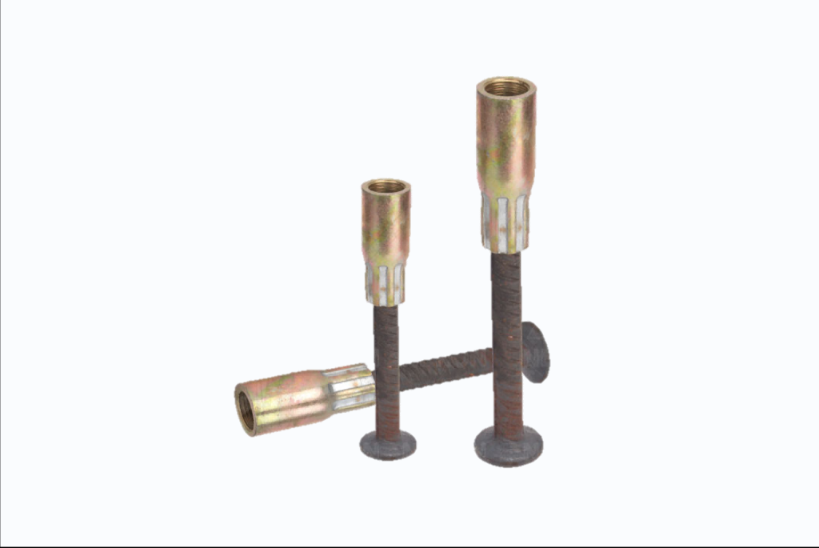
What Are the Key Operation Rules?
First, never exceed the safe working load listed in the catalog. Second, check alignment during lifting, angled forces increase stress on sockets. Third, avoid sudden jerks with cranes, because shock loading can double the applied force. And finally, always lift in line with the socket axis, not at sharp angles.
Why Is Regular Inspection Necessary?
Over time, even durable sockets can develop cracks or deformation. If unnoticed, these flaws can cause failure under normal loads.
What Should You Look For in Inspections?
During checks, look for cracks around the socket body, thread wear, or signs of rust. Also verify if the rebar connection is still tight. Industry practice recommends inspecting sockets before each lift and scheduling deeper checks after a certain number of cycles. This way, you detect weaknesses before they turn into accidents.
Do Alternative Socket Types Help Avoid Overload?
Sometimes, using a different socket style makes sense. For example, a Combi Lifting Socket combines features of straight and waved sockets, giving more flexibility in handling larger loads.
When Should You Consider Alternatives?
If you are working with panels of irregular thickness or loads requiring higher safety margins, combi types or sockets with crossbars may be better. These options distribute forces more evenly and reduce stress concentration on the concrete.
How Does Storage and Maintenance Affect Safety?
Even when not in use, sockets can be damaged if stored poorly. Moisture causes corrosion, while careless stacking can bend threads.
What Is the Best Way to Maintain Them?
Keep sockets in dry, covered storage areas. Apply light oil coatings to prevent rust on threads. Before reuse, clean them of debris so they seat properly in concrete. With these small steps, you extend service life and reduce overload risks.
This is where BaoQi comes into play. With years of expertise in precast lifting systems, BaoQi offers engineered lifting sockets designed to meet international standards. The company has built its reputation by providing durable solutions for bridges, highways, and energy projects. Through its about page, you can see its commitment to quality. Clients worldwide turn to BaoQi because its lifting systems undergo strict testing, making them reliable in tough environments. Beyond just hardware, BaoQi provides services that support contractors with technical advice and quick response times. And if you ever need support, their contact team is ready to assist with clear communication and tailored solutions. Choosing a trusted partner like BaoQi means you are not just buying a product, you are building confidence into your entire lifting process.
FAQ
Q1: What happens if a Straight Bar Lifting Socket is slightly overloaded?
A: Even small overloads create hidden damage like thread stripping or microcracks, which may lead to failure later.
Q2: How do I know the correct socket size for my project?
A: Check the weight of the precast element, apply a safety factor, and match it with catalog ratings. Sizes range from 500 kg up to 12,500 kg .
Q3: Can lifting sockets handle outdoor conditions like rain and heat?
A: Yes, treated alloy steel sockets are designed to resist corrosion and wear, making them suitable for outdoor and long term use.
Q4: Why should I consider a Combi Lifting Socket instead of a straight bar type?
A: Combi types are versatile, providing stronger performance in panels with variable thickness or when extra safety margin is required.
Q5: How often should lifting sockets be inspected?
A: A quick inspection should be done before every lift, with detailed checks after multiple cycles to identify cracks, wear, or corrosion early.

